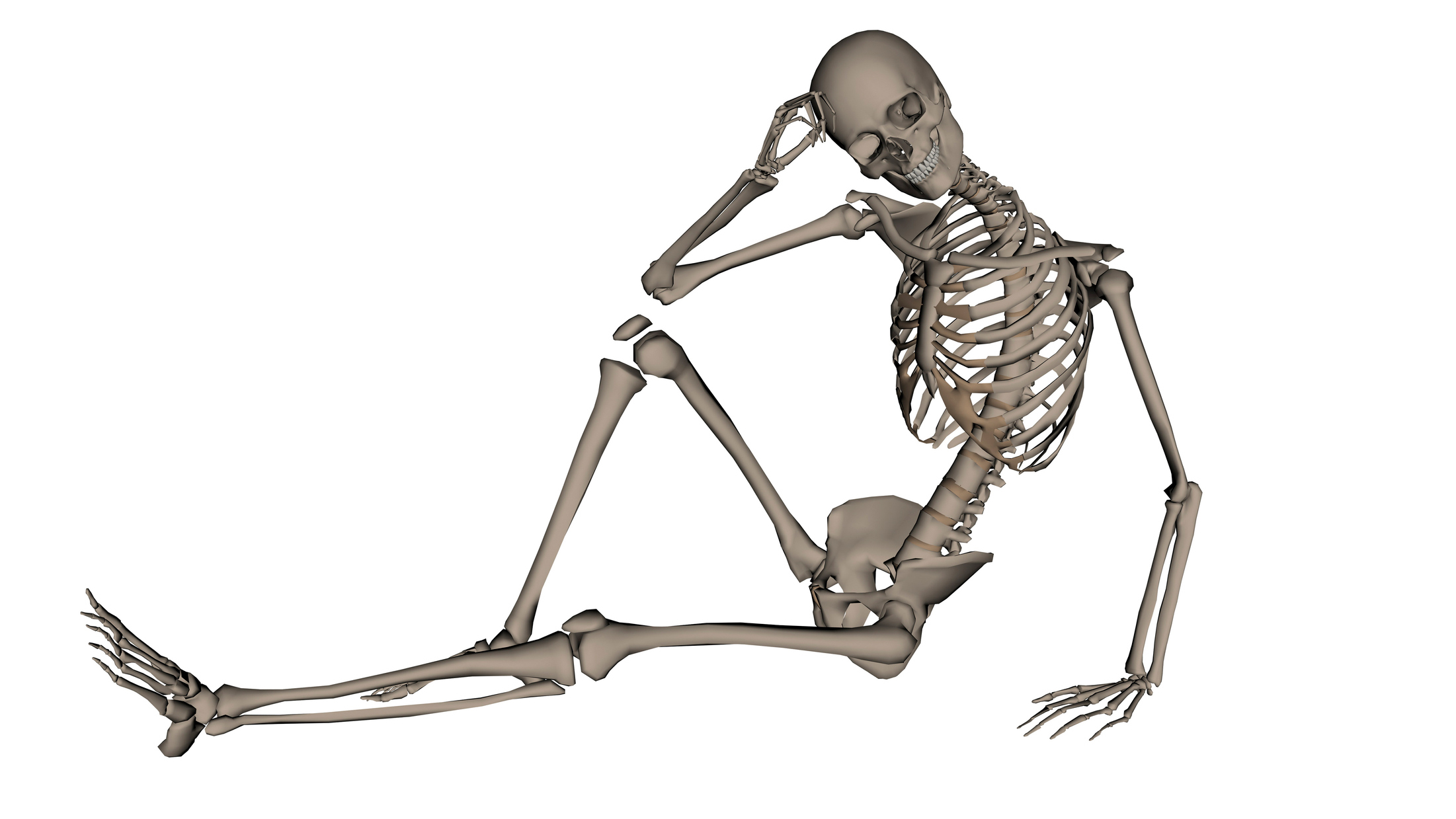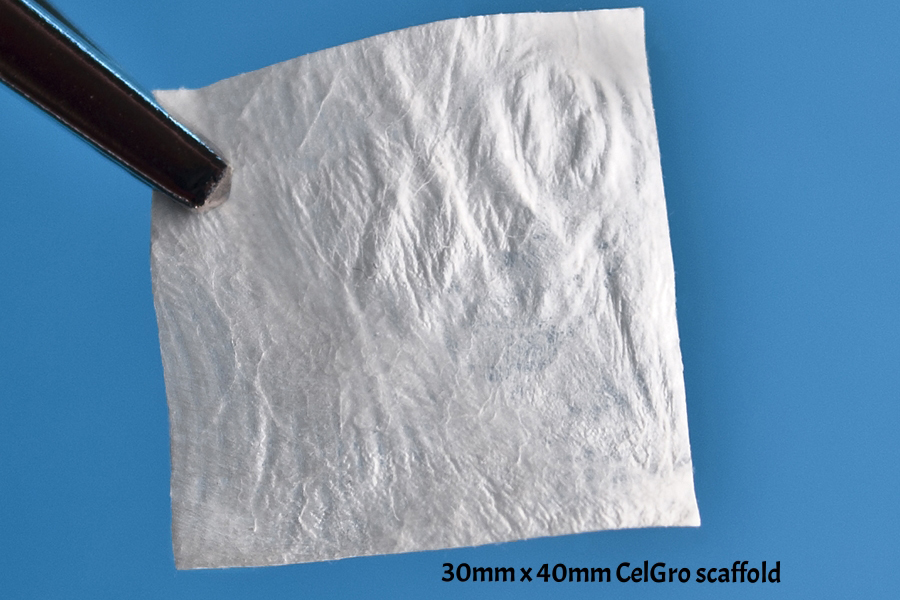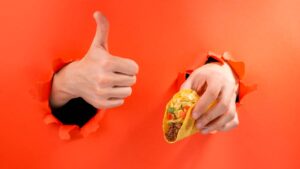Orthocell says it can grow you a 26pc better jaw bone

Orthocell’s grow-your-own-bone technology will give you a 26 per cent better bone, they say.
New test results indicate the company’s (ASX:OCC) biotech “scaffold” — a collagen membrane that acts as its name suggests to help with bone regrowth — has worked for ten patients who had to have part of their dental bones removed to allow for implants.
The data showed the quality of newly formed bone was 26 per cent higher than for Orthocell rival BioGide.
“The area of missing bone [after surgery for a dental implant] is often filled with a natural bone mineral material after placement of an appropriately-sized titanium implant,” the company said.
“Use of a collagen membrane is necessary to direct the regeneration of bone tissue as it prevents the defect being filled by the faster growing gingival tissues.”
- Bookmark this link for small cap breaking news
- Discuss small cap news in our Facebook group
- Follow us on Facebook or Twitter
- Subscribe to our daily newsletter
The clinical study involved a two-stage dental implant procedure in 10 patients who had 16 implants.
Bone defects were covered with the CelGro membrane after the bone void was filled with the bone mineral material.
Within four to six months of the procedure the bone was successfully regrowing, and the void was completely filled with bone material rather than gingival tissue.
Orthocell is also researching using its CelGro tech for severed nerves and to regrow cells.
It’s still recruiting for a study to show another product, the ATI system, works in shoulder injuries. It treated its first patient in September last year.

ATI (Autologous Tenocyte Implantation) involves removing stem cells from a healthy tendon, expanding them in culture and then using them to repair damaged tendons in a different part of the body.
Still deep in research territory, Orthocell made $128,000 in sales last quarter but burned $1.6 million in cash. It has $4.7 million left.
Orthocell shares jumped 13 per cent to 35.5c on Tuesday morning.
UNLOCK INSIGHTS
Discover the untold stories of emerging ASX stocks.
Daily news and expert analysis, it's free to subscribe.
By proceeding, you confirm you understand that we handle personal information in accordance with our Privacy Policy.








